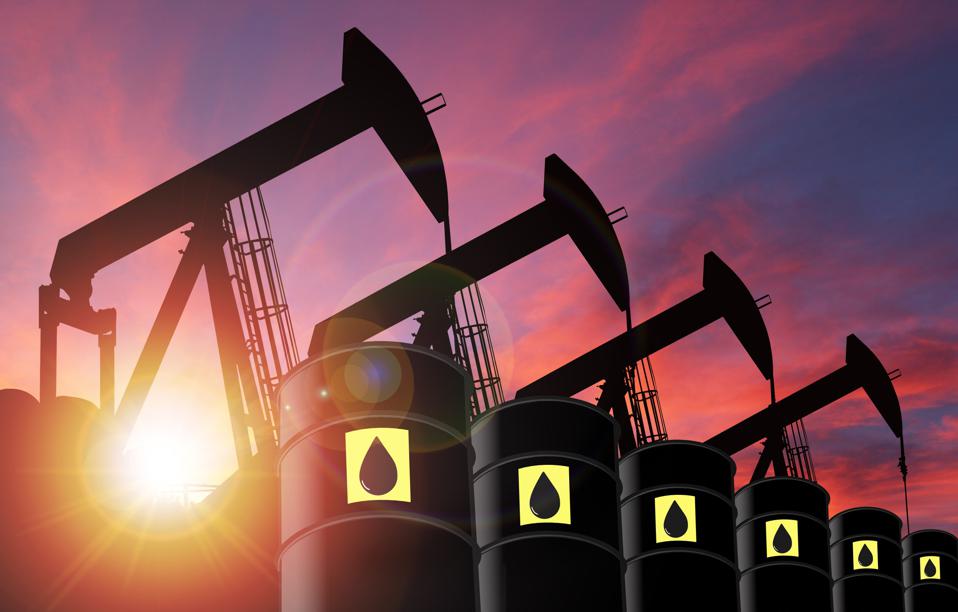With constant governmental backing and ambitious commitments made at COP26, India, the third-largest energy consumer in the world, is forecast to add 145 GW of renewable energy (RE) capacity over the next five years, with solar energy accounting for 75% of the expansion. In its most recent report, Renewable 2022, the International Energy Agency (IEA) stated that India would almost quadruple its renewable power capacity between 2022 and 2027 with the addition of 145 GW. Three-quarters of this growth will come from solar photovoltaics, 15% from onshore wind, and the rest from hydropower. Utility-scale facilities acquired through competitive auctions will account for the majority of the capacity expansion. Distributed PV, however, is anticipated to become more significant because to increased consumer awareness and ongoing legislative support it added.
According to the IEA research, India auctioned more than 8 GW of renewable capacity from January to September 2022, which is 30% less than the national average for same months in 2019–2021. The slowdown was brought on by developers prioritising the completion of projects already under construction and auction organisers concentrating on finalising PPAs, it was stated.
Since 2021, around a quarter of the capacity has been contracted through hybrid auctions, which call for a mix of renewable technologies to supply electricity at predetermined minimum yearly capacity utilisation factors. In order to meet the requirements for power availability, these auctions typically lead to the addition of significantly more capacity than what was contracted, as well as energy storage.
In 2022, the under subscription rate dropped to barely 10%, with significant oversubscription in the majority of auctions. As the number of auctions held by national rather than state agencies increased and the solar parks plan proceeded, reducing off-taker risks drove greater auction participation, simplifying land acquisition and grid connection, the IEA stated.
Higher renewable purchase obligations, which were announced in July 2022 and set targets for wind, hydro, and other RE sources (solar, bioenergy), should further motivate power utilities (Discoms) to acquire RE from the supply side. Utility-scale capacity expansion in India is anticipated to pick up speed between 2022 and 2027 as a result of rising auction participation, a larger project pipeline, and higher RE demand from Discoms, it was highlighted.

